What is a P.S. in email?
The P.S. is a sentence or a paragraph added after the main body and signature of a letter (or other body of writing). The term comes from the Latin post scriptum, an expression meaning “written after.”
It takes the same form in an email. By adding a small postscript to marketing or sales emails, companies can capture customer interest and encourage them to take action — if brands can effectively use the power of the P.S.
How to Use the P.S.
How do you use the potential power of P.S. in your marketing efforts? And when is using a P.S. a helpful addition to your lead-generating copy?
According to Copyblogger, this starts with a question: “What’s first, last, and unusual in my copy?”
First is always your headline. Unusual is what sets your brand apart — your messaging, your offer, or your unique perspective.
The last is a P.S., or a final thought. It’s also worth noting that there’s no “right” way to write P.S.
In the United States, postscripts often contain a period between each letter. In the U.K., the letters typically appear without punctuation. Whatever option you choose, however, make sure it’s consistent.
Here are six ways to use the P.S. and enhance your email marketing efforts.
1. The Hook
Use your P.S. as bait, and make sure you attach a hook to it (the clickable URL that sends your reader to the landing page). What usually works best is emphasizing the main selling point one more time but from a different angle.
Why the main selling point? There is always a chance that your reader scrolls down to the bottom of the message without taking in all of your glorious copy.
On the chance that they did read it all, offering another key benefit makes them really want to bite.
For example, if you have been emphasizing the money-saving aspect of your offer, add something else.
2. The Final Plea
MarketingSherpa writes in its “12 Top Email Copywriting Tips to Raise Funds” case study that “adopting the direct-mail tactic of putting a ‘p.s.’ at the end of the copy and marrying it to a ‘Donate’ link is a smart move for raising funds.”
Asking for donations is never easy, but a well-crafted P.S. can be the determining factor. You can either pour on the emotion one more time or you can provide a sense of urgency.
3. The Creation of Urgency
The nice thing about emails is their immediacy. You send them out, and within a couple days you know what your open and click-through rates are.
The bad thing about emails is that they have hardly any shelf life. So you want to make sure you give your email all you have to make readers respond either by visiting a landing page or contacting someone directly.
Throughout your email, you’ve been doing your best to get them to take action. Your P.S. is often your last chance. Make it count.
4. The Personal Approach
A P.S. is usually part of a personalized email — one that signs off with the name of someone real in your company. The purpose of this kind of email is to make it as personal as possible.
The nice thing about a P.S. is that it adds to that “personal” approach, almost as though it’s an aside directed specifically to the email recipient. So take advantage of that inherent benefit.
5. The Bonus
A P.S. is also great for introducing a bonus. Throughout your email copy, you sell the main product or offer. Then in the P.S., you give them more if they act now. This adds to the sense of urgency.
6. The Testimonial
Not every product or offer needs a testimonial. But in the case of products with longer sales cycles (like many B2B products) where buyers need reassurance before they commit to a large ticket item, testimonials are often most effective.
They offer a third-party endorsement and provide a sense of assurance to your prospects — maybe just enough to motivate them toward the next step and contact you.
Examples of an Effective P.S. in Email
So what does an effective P.S. look like? Here are six examples of the postscript in action.
1. The Hook
If the body of your email highlights the cost-effectiveness of your product, you can hook potential customers by adding another benefit layer in your P.S., like so:
P.S. Cost-effective doesn’t mean low-quality. Check out hundreds of 5-star product reviews on Google.
Pro Tip: Just when customers think they know where you’re going, change direction. By combining low prices with great quality, you can get buyers to sit up and take notice.
2. The Plea
The plea is often used to raise money or encourage donations. Here, the goal is creating a short P.S. message that resonates with users but isn’t cloying or insincere.
P.S. [Charity] is close to our hearts. That’s why we’re donating [X amount]. Want to help out? Click here.
Pro Tip: Don’t just ask for money — make it clear what you’re doing to help before you bring out the plea.
3. The Urgency
Now, now, now! The sooner customers act, the better. But creating urgency is a balance between making it clear that customers can benefit from immediate action and ensuring your message doesn’t come off as pushy.
P.S. Our Fall Sale is on now. Until October 15th, get 30% off all regularly-priced items.
Pro Tip: Buyers are already bombarded by ads everywhere, every day. Keep your message short and to the point.
4. The Personal Approach
In the United States, 8 billion spam emails are sent every single day. As a result, buyers are always on the lookout for impersonal, insistent messages that don’t offer value.
Done well, your email title and body should convince customers that you’re actually interested in what they need — and your P.S. can help this along.
P.S. How are we doing? Drop us a line [here] and let us know what we could do better.
Pro Tip: By giving buyers the chance to reach out with feedback, companies can generate interaction. The caveat? You can’t just collect customer opinions — you also need to take action.
5. The Bonus
Everyone loves a bonus, so long as it’s something they want.
For example, if you sell high-end sneakers and your bonus is a link to how your product is made, that’s no bonus — it’s just a poorly-veiled advertising attempt. To drive action, make sure your bonus makes sense.
P.S. Use this code [shoeoff] to get 20% off your first order.
Pro Tip: There’s nothing wrong with taking a slight hit to profitability if it keeps customers coming back.
6. The Testimonial
People like your product or service, right?
That’s a big part of why you’re still in business. Testimonial postscripts are a great way to highlight how good you are at what you do, especially for high-value purchases, such as those made by B2B buyers.
P.S. Don’t just take our word for it. See how our solution helped [XYZ company] boost new customer acquisitions and sales over six months.
Pro Tip: It’s OK to brag a bit in the testimonial. The trick? Keep it quick, and keep it focused on end-user benefits.
Power to the Postscript
The P.S. is a powerful tool in sales and marketing for lead generation, customer engagement, and product purchasing.
The caveat? With great postscript power comes great email responsibility.
If postscripts become too long and involved, they lose the punchy impact that’s characteristic of their P.S. potential. If they’re too short and too generic, meanwhile, they’re easy for users to ignore.
Finding a balance means knowing your message, understanding your audience, and recognizing that when it comes to the postscript, less is more.
Email Marketing

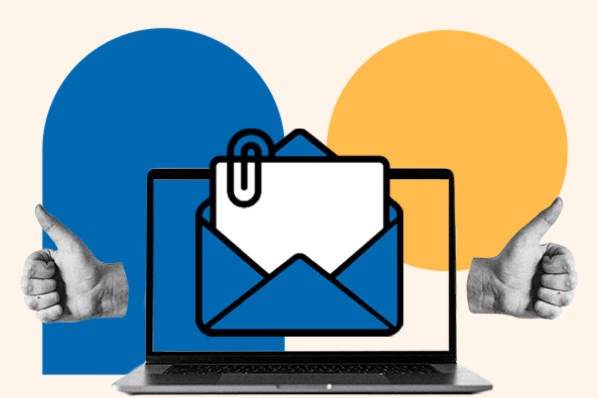
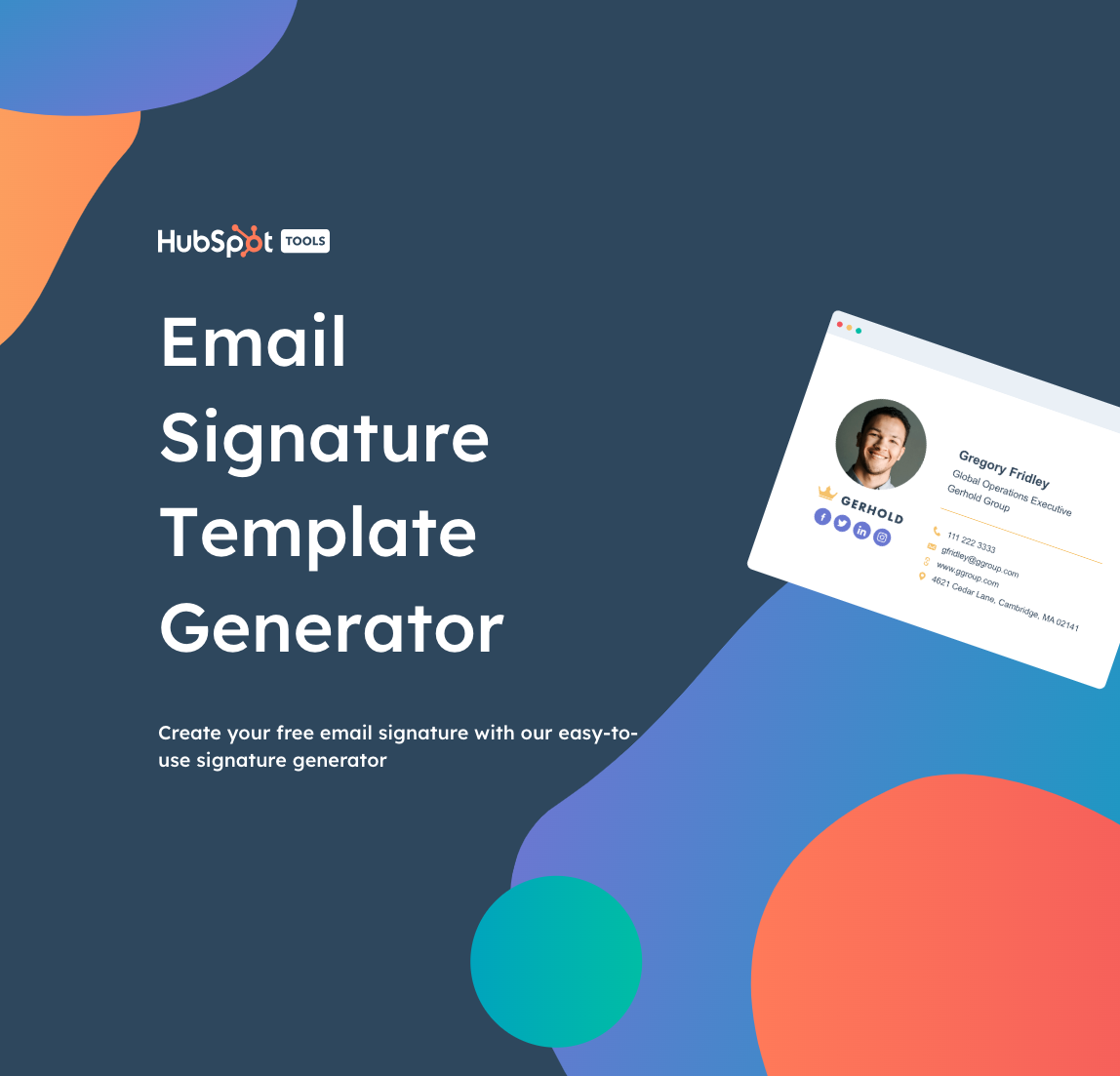


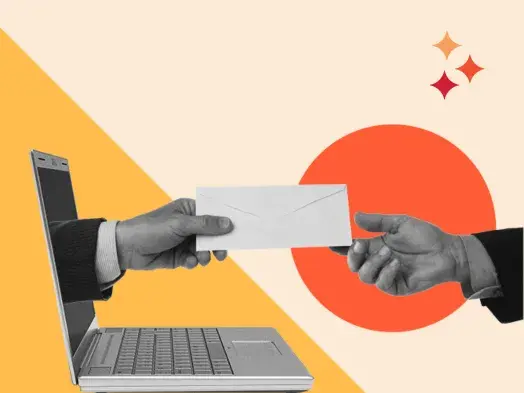

![How to Write a Marketing Email: 28 Tips for Writing Compelling Email Copy [+ HubSpotter Insights]](https://53.fs1.hubspotusercontent-na1.net/hubfs/53/Untitled%20design%20(40).jpg)
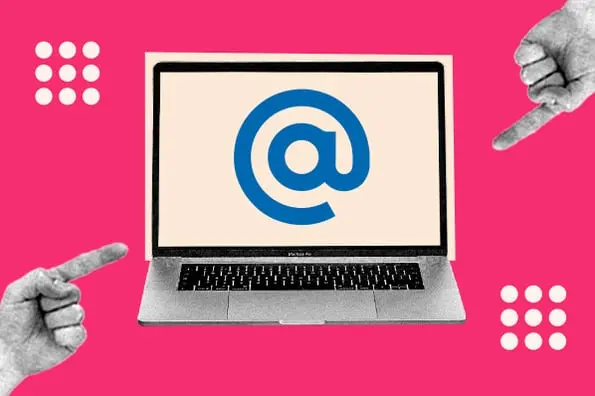


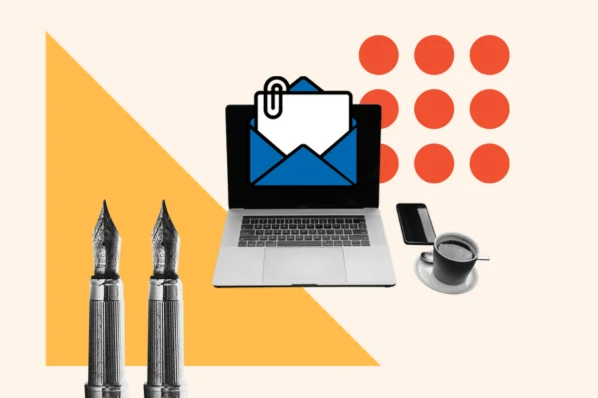
![Professional Email Address: How to Create One [+ Examples]](https://53.fs1.hubspotusercontent-na1.net/hubfs/53/professional-email-address-2.jpg)
